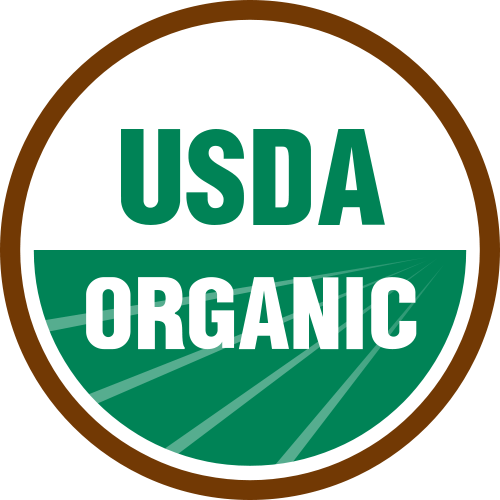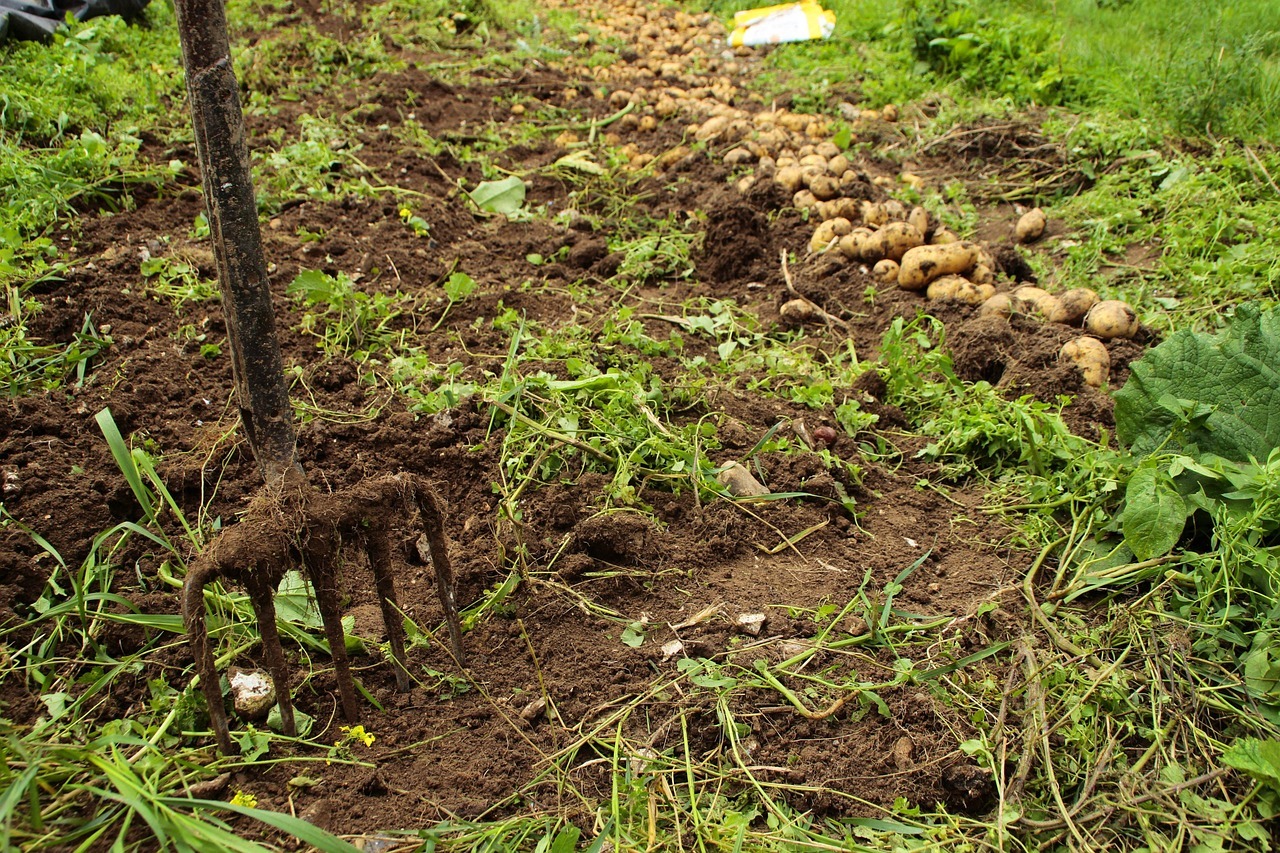Organic vs. Inorganic Fertilizers: What’s the Difference and Which is Best for Your Garden?
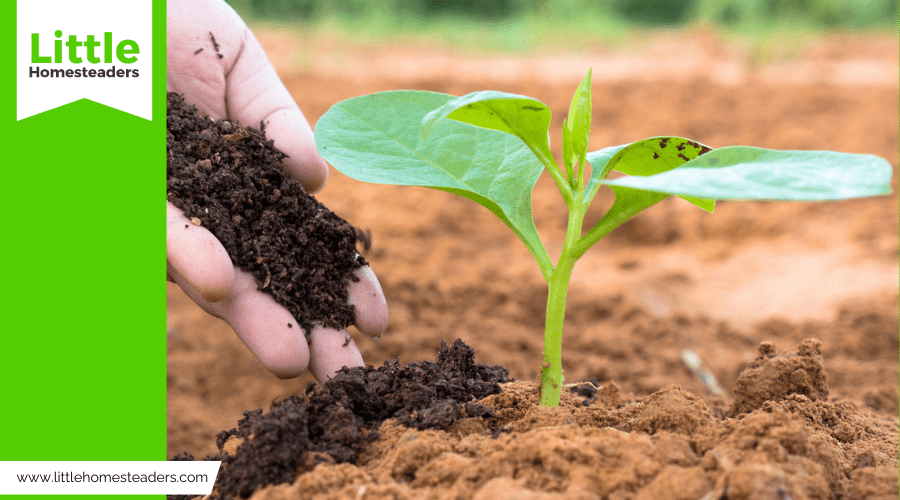
Gardening is as much about nurturing the soil as it is about growing plants. One of the most important tools in a gardener’s arsenal is fertilizer, which provides essential nutrients to ensure healthy growth. However, not all fertilizers are created equal. The debate between organic and inorganic fertilizers has been ongoing, with passionate advocates on both sides.
Understanding the differences between these two types of fertilizers can help you make an informed choice that fits your garden’s unique needs. So, let’s dig into the details, exploring what makes them distinct, their pros and cons, and how to use them effectively.
Why Are Fertilizers Important?
Fertilizers are substances that provide plants with the nutrients they need to grow and thrive. Think of them as food for your plants, supplying essential elements like nitrogen (N), phosphorus (P), and potassium (K)—the building blocks of plant health.
In gardening and farming, fertilizers help address nutrient deficiencies in the soil. Without them, plants might struggle to grow, produce fruits or flowers, or resist diseases. While all fertilizers aim to achieve this goal, they differ in their composition and effects on the soil and environment.
Organic Fertilizers
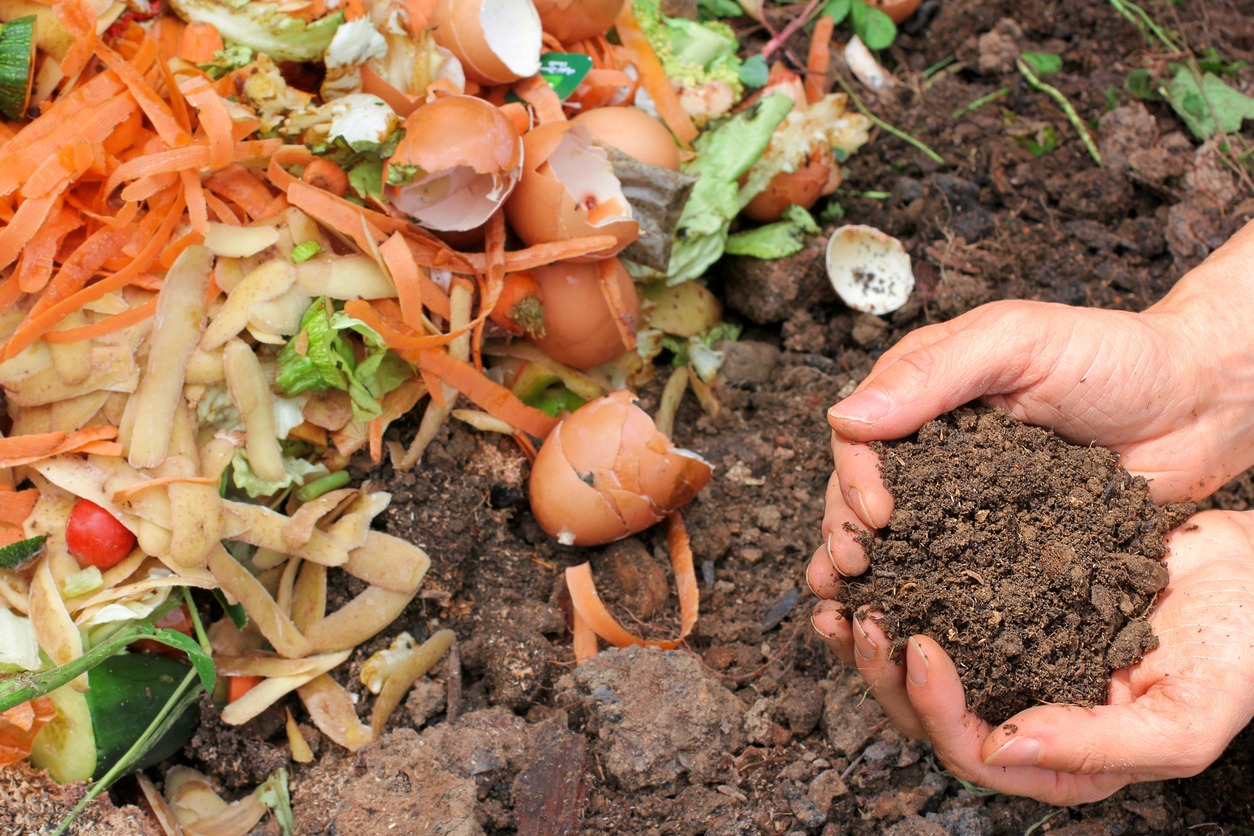
Organic fertilizers are made from natural sources, including animal manure, compost, bone meal, and even seaweed. These materials are either minimally processed or used in their natural state, making them an environmentally friendly choice.
Benefits of Organic Fertilizers
- Improves Soil Health Over Time Organic fertilizers aren’t just about feeding plants—they feed the soil, too. By adding organic matter, they improve soil structure, enhancing its ability to retain water and nutrients. Over time, this creates a thriving ecosystem where plants can flourish naturally.
- Slow and Steady Nutrient Release Unlike synthetic fertilizers, organic options release nutrients gradually as microorganisms break them down. This slow release ensures plants get a consistent supply of nutrients, reducing the risk of over-fertilization.
- Supports Beneficial Soil Microorganisms Healthy soil teems with life, from bacteria to fungi and earthworms. Organic fertilizers provide the fuel these organisms need to thrive, creating a balanced, nutrient-rich environment for plants.
- Eco-Friendly and Sustainable Since organic fertilizers are made from renewable resources, they’re a greener choice. They’re less likely to cause pollution, making them ideal for gardeners who want to minimize their environmental footprint.
- Rich in Micronutrients Organic fertilizers often contain a broader range of nutrients than their synthetic counterparts. Beyond nitrogen, phosphorus, and potassium, they may include trace elements like magnesium, zinc, and iron, which are vital for plant health.
Drawbacks of Organic Fertilizers
While organic fertilizers offer many benefits, they’re not perfect. Here are some potential downsides to consider:
- Slower Results: If your plants need a quick nutrient boost, organic fertilizers might not be the best choice since their nutrients take time to become available.
- Higher Costs: Organic fertilizers can be more expensive than synthetic ones, especially for larger gardens.
- Inconsistent Nutrient Levels: Because they’re natural, the nutrient content in organic fertilizers can vary, making precise application more challenging.
Despite these drawbacks, many gardeners find the long-term benefits of organic fertilizers outweigh the challenges.
Inorganic Fertilizers
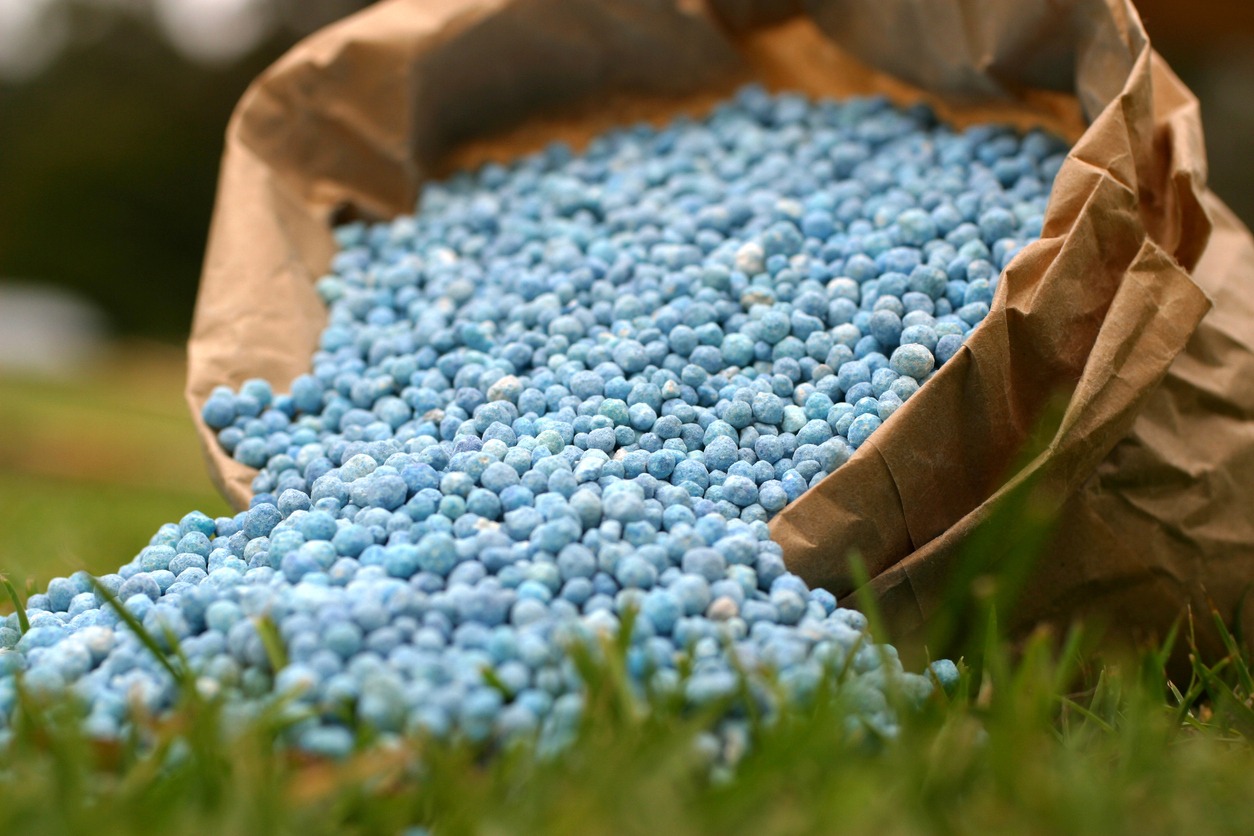
Inorganic fertilizers, also known as synthetic fertilizers, are manufactured through chemical processes. They’re designed to deliver specific nutrients in precise amounts, making them a favorite among farmers and gardeners who need quick results.
Benefits of Inorganic Fertilizers
- Fast Nutrient Delivery If your plants are showing signs of nutrient deficiency, inorganic fertilizers can work wonders. They’re formulated to dissolve quickly in water, allowing plants to absorb nutrients almost immediately.
- Precision and Control Inorganic fertilizers are available in custom formulations tailored to specific plants or soil types. This precision makes it easier to address the unique needs of your garden without guesswork.
- Cost-Effective for Large Areas For gardeners or farmers managing large plots of land, inorganic fertilizers can be a budget-friendly option. They’re often cheaper per nutrient unit compared to organic alternatives.
- Easy to Store and Apply Synthetic fertilizers are compact, lightweight, and easy to store, making them convenient to handle. Application is straightforward, whether you’re using a granular or liquid formula.
Drawbacks of Inorganic Fertilizers
Despite their benefits, inorganic fertilizers have limitations:
- Potential for Over-Fertilization: Because they’re highly concentrated, it’s easy to apply too much, leading to nutrient imbalances or even "burning" your plants.
- Environmental Concerns: Excess nutrients from inorganic fertilizers can leach into waterways, causing pollution and harming aquatic ecosystems.
- No Long-Term Soil Benefits: Inorganic fertilizers don’t improve soil health or structure. Over time, heavy use can degrade soil quality, making it harder for plants to thrive.
Key Differences Between Organic and Inorganic Fertilizers
To help you decide which fertilizer is right for your garden, here’s a side-by-side comparison:
| Feature | Organic Fertilizers | Inorganic Fertilizers |
| Source | Natural materials (plant/animal) | Synthetic chemicals |
| Nutrient Release | Slow and steady | Immediate |
| Impact on Soil | Improves health and structure | No long-term benefits |
| Environmental Impact | Minimal risk to ecosystems | Potential for runoff and pollution |
| Cost | Higher upfront cost | Lower upfront cost |
| Ease of Use | Bulkier and harder to apply | Compact and simple application |
How to Choose the Right Fertilizer for Your Garden
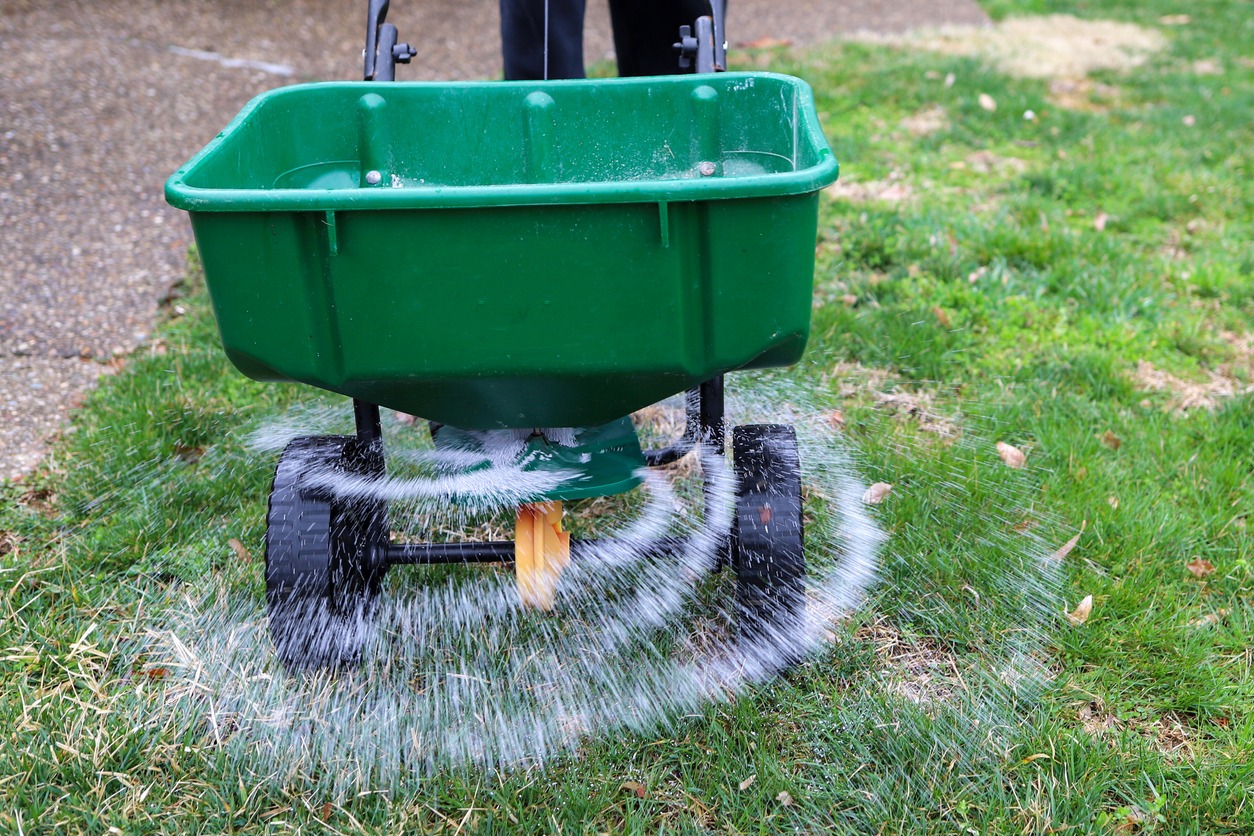
Selecting the best fertilizer depends on your garden’s specific needs, your goals as a gardener, and your priorities. Here are some factors to consider:
Assess Your Soil
Start by testing your soil to understand its nutrient content and deficiencies. If your soil lacks organic matter, organic fertilizers can help rebuild its health over time. For immediate fixes, inorganic fertilizers are more effective.
Think About Your Plants
Certain plants thrive with slow-releasing organic nutrients, while others, like fast-growing vegetables, may benefit from the quick action of synthetic fertilizers. Consider the growth stage of your plants, too—seedlings often require gentler feeding.
Evaluate Your Gardening Goals
Are you looking for long-term soil health, or do you need rapid results? Organic fertilizers are ideal for gardeners focused on sustainability, while inorganic fertilizers are better for short-term productivity.
Balance Both Types
Many gardeners use a combination of organic and inorganic fertilizers to get the best of both worlds. For example, you might start with organic compost to improve soil quality, then supplement with inorganic fertilizer during peak growing seasons.
Best Practices for Fertilizer Application
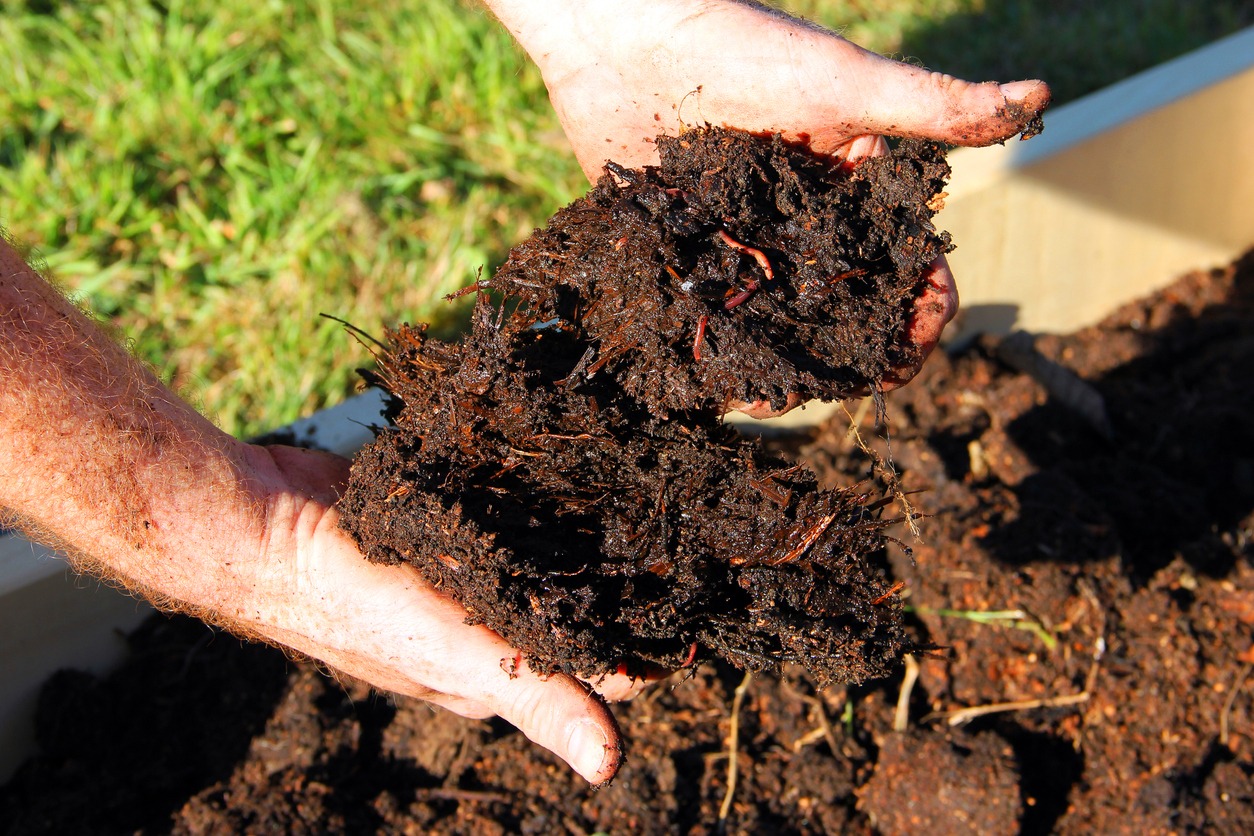
Applying fertilizers correctly ensures your plants get the nutrients they need without causing harm to the environment. Here are some tips for using both organic and inorganic fertilizers effectively:
Organic Fertilizers
- Pre-Planting Application: Apply organic fertilizers several weeks before planting to allow nutrients to break down.
- Incorporate Into Soil: Mix fertilizers like compost or manure into the soil to improve structure and water retention.
- Use as Mulch: Organic matter like grass clippings or wood chips can double as fertilizer and mulch.
Inorganic Fertilizers
- Follow Soil Test Results: Base your application rates on a soil test to avoid over-fertilization.
- Spread Evenly: Use a spreader or water thoroughly after application to ensure even nutrient distribution.
- Reapply When Needed: Synthetic fertilizers are water-soluble and may need more frequent applications during heavy rainfall or irrigation.
Conclusion
Choosing between organic and inorganic fertilizers doesn’t have to feel overwhelming. It’s not about picking a "right" or "wrong" option—it’s about finding what works best for your garden and your goals. Organic fertilizers shine when you’re looking to improve soil health, nurture beneficial microorganisms, and take a long-term approach to sustainability. On the other hand, inorganic fertilizers are your go-to for quick results and precise nutrient delivery, especially if your plants are showing signs of stress.
Don’t be afraid to experiment with both types of fertilizers. Try starting with organic options to build a strong foundation for your soil, then supplement with inorganic fertilizers during critical growth periods or when your plants need a quick boost.
At the end of the day, a successful garden is about balance—balancing nutrients, soil health, and your own gardening goals. By paying attention to your plants and soil, you’ll gain the knowledge and confidence to make the best decisions. And remember, every garden is unique, so take the time to learn what works for yours.

